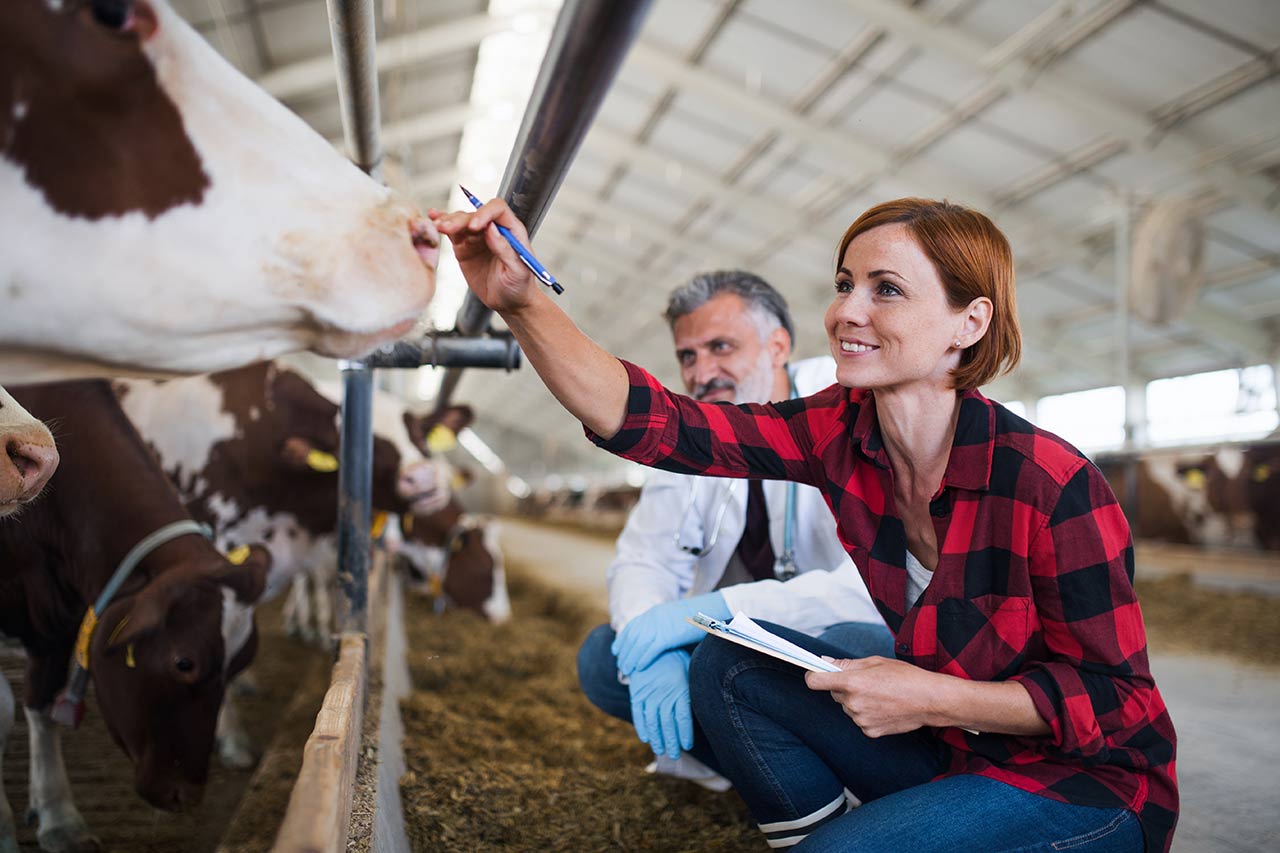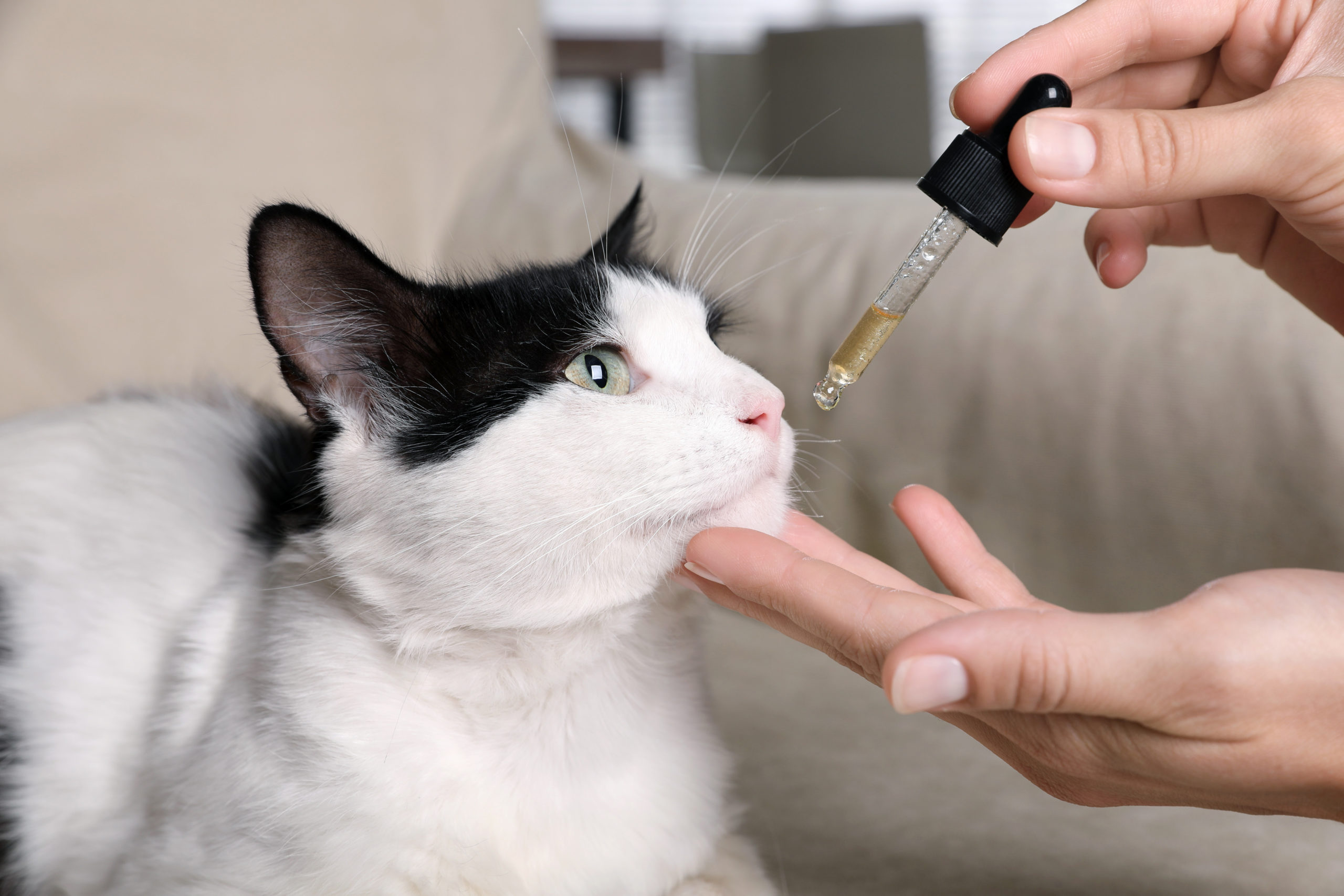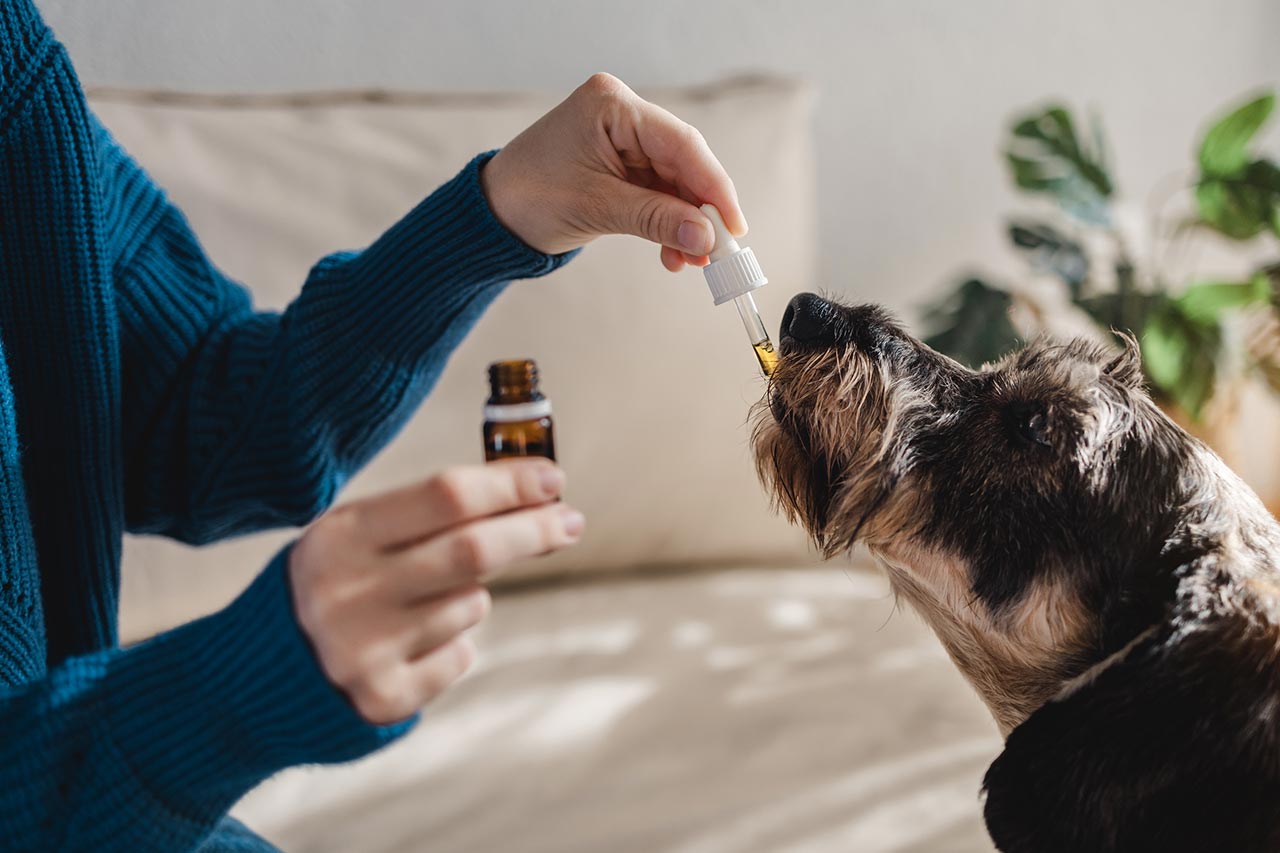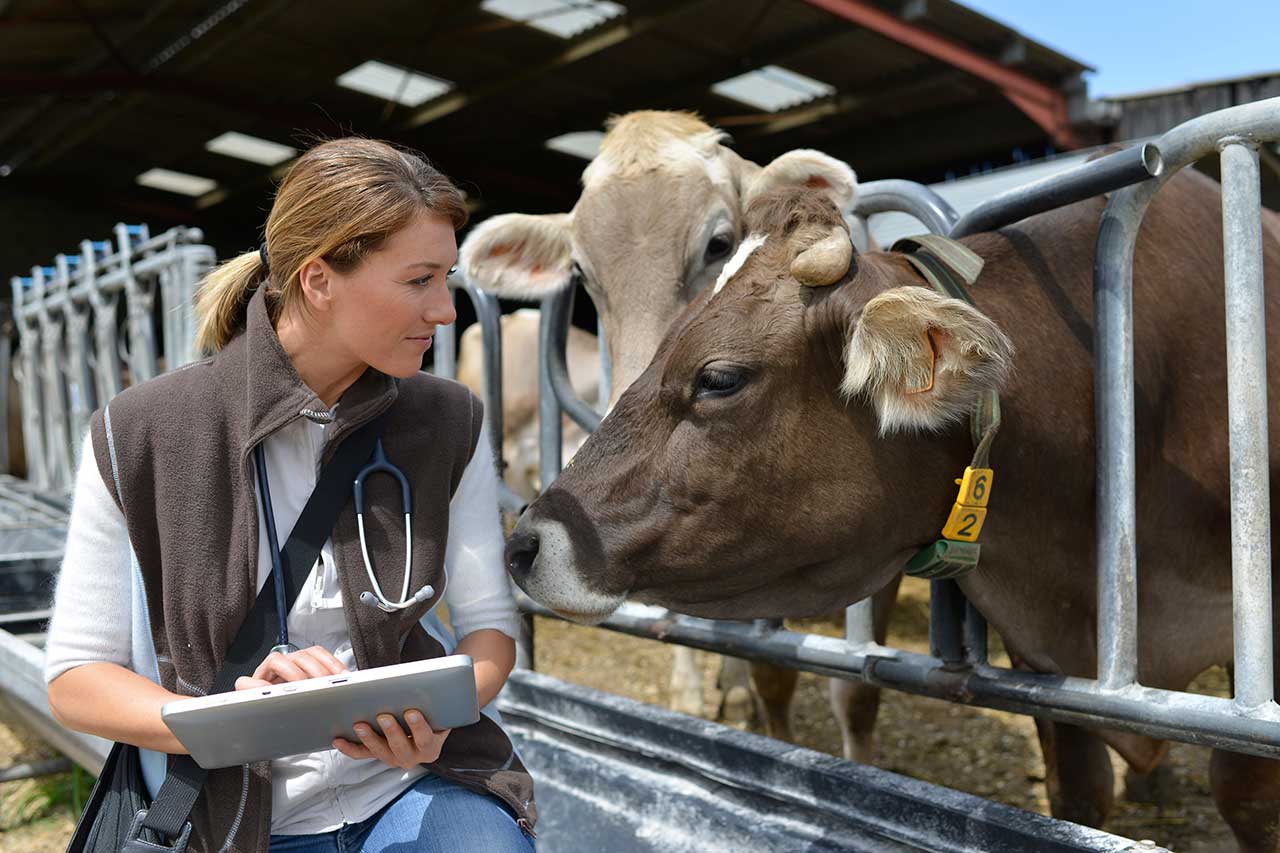Connected devices in ePet Health to monitor animals’ health indicators
Connected devices, used to better monitor health indicators, are not restricted to human beings anymore. Drawing on what is developed for humans, those used for pets can take multiple forms, to analyze various parameters.
For example, connected collars collect variables such as body temperature, heart rate, respiratory rate, level of activity, standing/seated/lying position, for various uses, from prevention to prognosis. Although the analysis is still not very thorough, those connected devices allow to have access to useful data for future consultations.
Breeding is not left out, with connected devices that can serve a productivity purpose. Among them, biological data sensors allow to detect calving, thermobolus or estrus.
Moreover, exiting equipment for breeding is going digital : for example, connected milking robots analyze the milk to provide information on the animal’s health, and connected hydraulic pumps record various variables in real time – such as treatment type, start time and end time, water consumption curves – in order to rule on its proper conduct.
The added value of these new tools continues to grow in ePet Health, evolving from simple tracking to more and more diagnostic and therapeutic purposes. A sensor is currently being developed to allow an early detection of certain livestock diseases such as brucellosis.
Connected devices in ePet Health for prevention and precision medicine to limit the use of antibiotics and parasiticides
The massive use of antibiotics and parasiticides on pets and especially livestock causes problems of resistance to treatment. Therefore, the trend is to limit their use over the long term, and this is made possible by two main alternatives:
- Vaccination is the first prevention solution
- The other alternative is to promote precision medicine: treat the right animal, at the right time, with the right treatment. The emergence of quick screening tools and point of care devices promote this practice: they allow to confirm a diagnosis, especially after the detection of abnormalities by connected sensors.
Artificial Intelligence and telemedicine to facilitate veterinary practice
In the coming years, major innovations are to be expected in the field of diagnostic assistance provided by artificial intelligence. These new technologies will allow the veterinarian to have a complementary opinion to confirm his diagnosis and guide him in the interpretation of ultrasounds or electrocardiograms for example.
In addition, telemedicine in ePet Health is becoming more and more accessible. In France, while previously only allowed for human consultations, telemedicine for animals has been under experimentation since May, for an 18 months period. In other countries, such as Canada, the exceptional circumstances of the pandemic have eased the prerequisites for this practice, and those new conditions could be extended beyond the crisis.
Connected devices in ePet Health but also artificial intelligence, telemedicine, precision medicine… These are all innovations that make it possible to better detect and treat animal diseases. What will be the future trends to adapt to the animal health world? Alcimed is ready to explore these uncharted territories!
About the author
Héléna, Consultant in Alcimed’s Healthcare team in France



